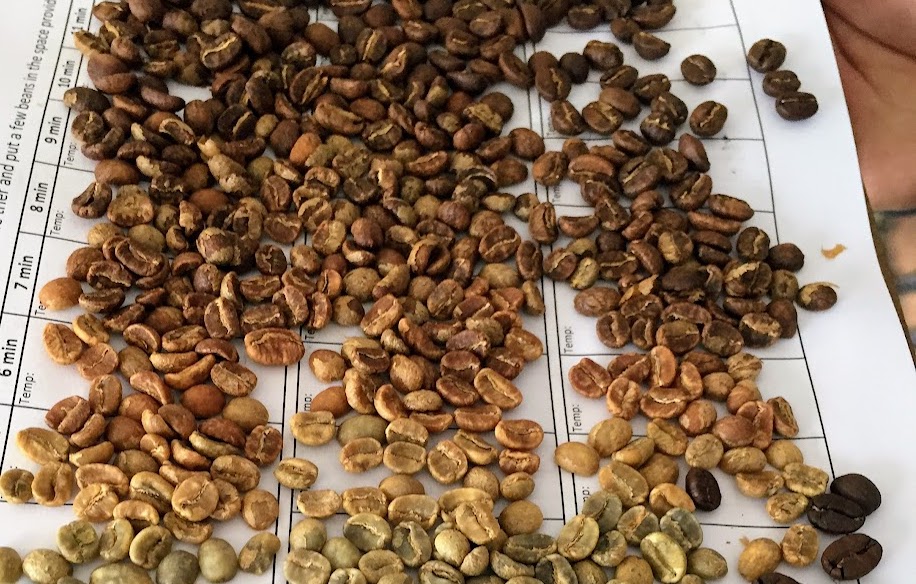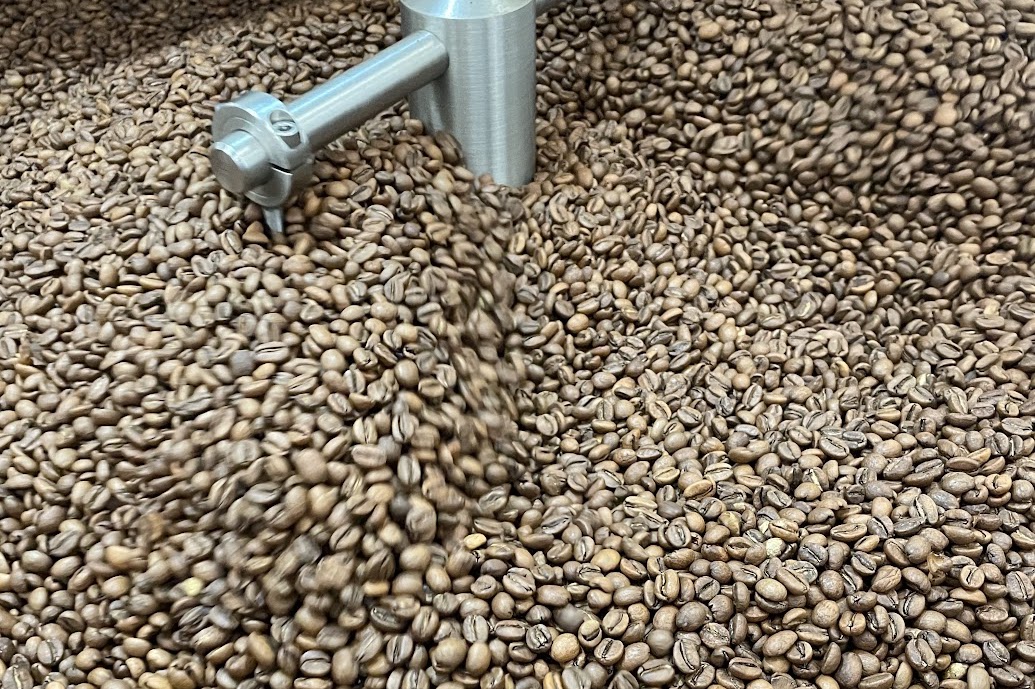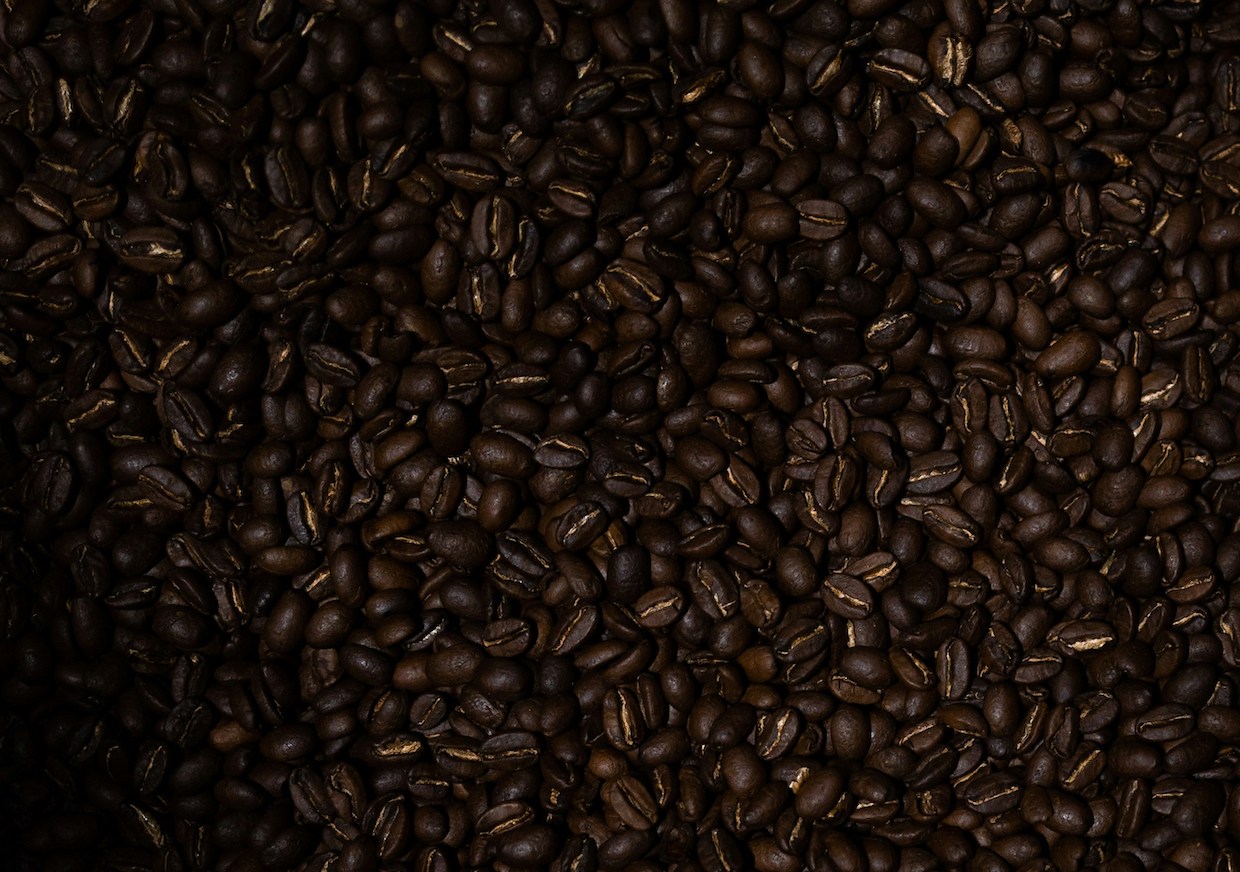What is a ‘Light Roast?’ Researchers Outline Vision for a Universal Standard

Researchers affiliated with the UC Davis Coffee Center published groundbreaking findings that may be used by the Specialty Coffee Association to codify how coffee roasters and retailers measure and communicate roast levels.
The study, published July 7 in Scientific Reports, suggests that all arabica coffees, regardless of roast profile or origin, follow a predictable “universal roasted coffee color curve” during roasting. Notably, arabica coffees from different origins roasted in vastly different ways all approximately met the same color at critical roasting milestones, such as first crack and second crack.
According to a 2024 preview of the research promoted by the Specialty Coffee Association and its sibling nonprofit the Coffee Science Foundation, this “universal color curve” may be used to form new SCA standards regarding coffee colors and roast levels. Coming from the world’s largest coffee trade organization, SCA standards have an outsize influence on the coffee industry, affecting actors throughout the coffee value chain.
Study Overview
For the study, the research team analyzed 663 coffee samples across 39 experimental roasts of three different coffees: a washed Ugandan coffee, a washed Indonesian coffee and a honey-process Central American Coffee. Coffees were roasted in a 5-kilo Probat machine at the UC Davis Coffee Center to mimic conditions similar to a small-scale production roastery.
The researchers subjected each of the green coffees to seven different roast profiles, such as “slow start,” “production,” “exaggerated flick” and more.
The samples were measured using the CIELAB color space, also known as L*A*B*, a widely used tool to measure color in the scientific world.
“Perhaps the most surprising result presented here is that, regardless of the wildly different roast profiles and wildly different green coffee beans, all our experimental measurements plotted in the [L*A*B*] color space followed what we refer to as ‘the universal roasted arabica coffee color curve,’” the authors wrote.
Towards a ‘Standardized Nomenclature’ for Color
The study leans on the concept that there are no universally accepted standards for what is meant by “light roast,” “medium roast” or “dark roast,” despite indications from consumers that roast level is a key factor in purchasing decisions.
However, the authors also note that a “dividing line” between roast levels is fundamentally arbitrary.
Indeed, roasters currently communicate roast levels in any number of ways, such as using European and U.S.-derived conventional names like “Full City” or “French,” through artificial 5-point scales from light to dark, or through playful turns of phrase that reflect their own brand.
Working roasters, meanwhile, often turn to specific color meters — from brands like Agtron, Color Track, Difluid, Roastvision, Roastpic and Colorette — to maintain consistency and quality in-house.
According to the UC Davis research team, that’s problematic since “a coffee rated 40 on Agtron’s commercial scale may not correspond to the same value on other devices.”
“The existence of a universal roasted arabica coffee color curve and the uniformity of color at key roast milestones greatly simplify efforts to develop a standardized nomenclature based on quantitative measurements of color,” the study states.
The researchers present a hypothetical example in which L*A*B* values could be used to correspond to the commonly used roast levels of light, medium and dark, with universally established thresholds.
“However, assigning specific cutoff values requires input from coffee industry professionals and consumers, since any such dividing line is ultimately arbitrary and is best determined by industry consensus and/or surveying a statistically meaningful number of consumers,” the study states.
Authors of the UC Davis study included Irwin Donis-González, Laudia Anokye-Bempah, Timothy Styczynski and William Ristenpart. The authors did not declare any competing interests.
Comments? Questions? News to share? Contact DCN’s editors here. For all the latest coffee industry news, subscribe to the DCN newsletter.
Related Posts
Nick Brown
Nick Brown is the editor of Daily Coffee News by Roast Magazine.














